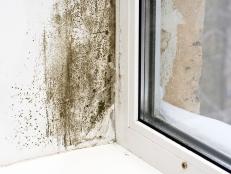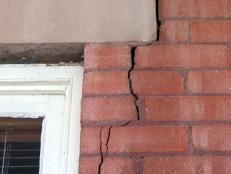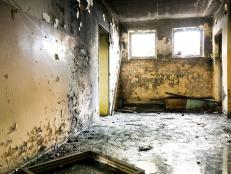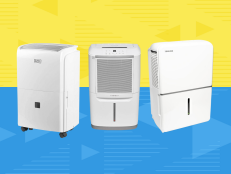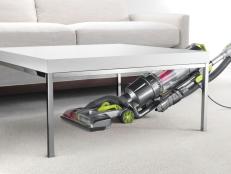Carbon Monoxide Detectors
Install carbon monoxide detectors to prevent "the silent killer," and get valuable tips on maintaining carbon monoxide and smoke detectors to keep your home safe.


Sometimes called the "silent killer," carbon monoxide (CO) is an invisible, odorless gas that can cause brain damage and fatality when inhaled. The danger is significant enough that building codes are increasingly requiring that carbon monoxide detectors be installed in homes.
CO detectors are small electronic devices that monitor the CO level within a home. They’re designed to alert the homeowner when the CO level has begun to rise over a period of time and sound the alarm before a healthy adult would experience any CO-poisoning symptoms, which include fatigue, headache and nausea. Using a CO detector is the only accurate way to know how much CO is present in a home's indoor air on an ongoing basis.
Popular Types of CO Detectors
- Battery-operated CO detectors. These units offer 24-hour-a-day CO monitoring, even if electrical power to the home is interrupted. Homeowners who live in areas prone to power outages should consider this model.
- Plug-in CO detectors with battery backup. These plug into any electrical outlet and include a 9-volt battery to serve as a backup during short-term power outages.
- Combined CO/smoke detectors. These battery-powered units combine the protection smoke detectors and CO detectors.
- Combined CO/explosive gas detectors. These units provide sensing for three potentially harmful substances: propane gas, natural/methane gas and carbon monoxide. They plug into a standard 120-volt outlet and have a 9-volt battery backup.
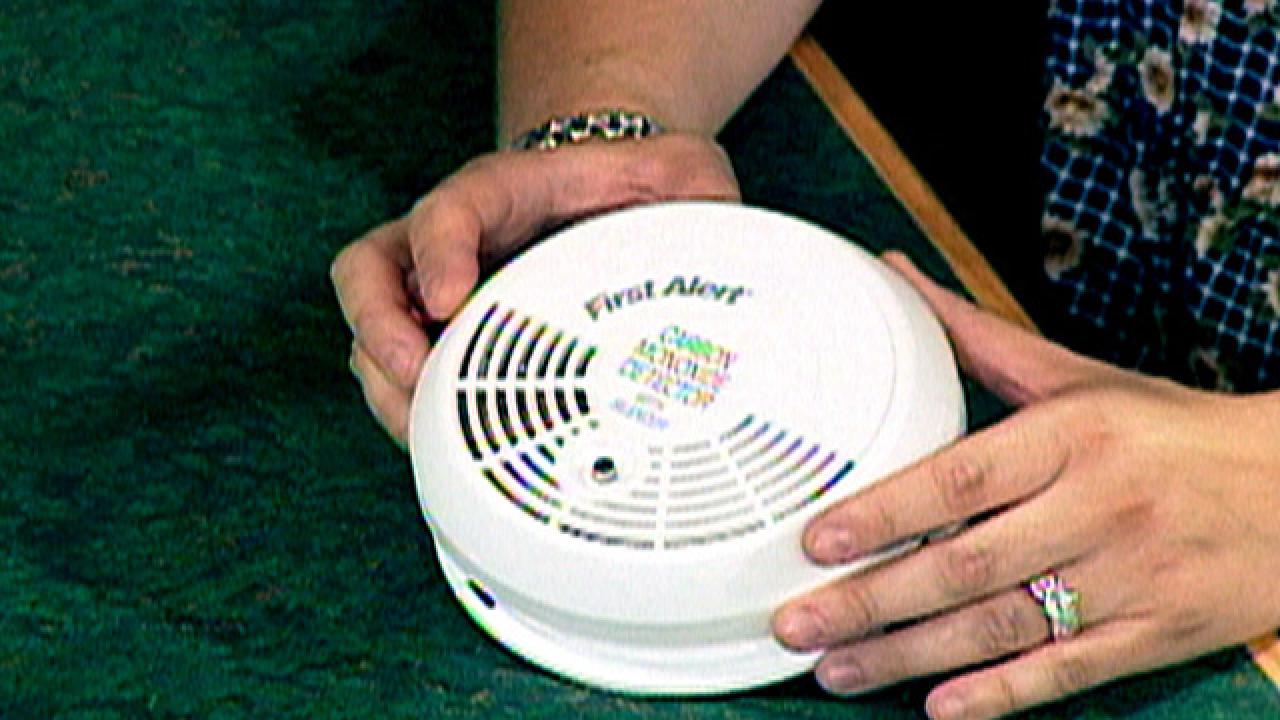
CO detectors have additional features, too, including backlighted displays for easy reading in low light; digital displays that update every 15 seconds to show the CO level in the home; peak-level memory to indicate the highest level of CO in the home; and voice warning, which announces when CO is a threat in addition to sounding the traditional alarm.
The National Fire Protection Association recommends that a CO detector be centrally located outside of each separate sleeping area. For added protection, install CO detectors on every level of the home. When locating the units, make sure each is at least 15 feet from fireplaces and flame-producing appliances to prevent false alarms. Because CO is slightly lighter than air and also because it may be found with warm, rising air, it’s best to place a detector on the wall about 5 feet above the floor. The detector may be placed on the ceiling but shouldn't be covered or obstructed.
Shop CO Detectors
CO Poisoning Causes and Prevention
Carbon monoxide is naturally present in low levels in the air. It’s also formed by incomplete combustion from any flame-fueled device. Examples in the home include ranges, ovens, clothes dryers, furnaces, fireplaces, grills, space heaters, vehicles and water heaters. When appliances and vents work properly and there’s enough fresh air in a home to allow complete combustion, the trace amounts of CO produced aren’t typically dangerous.
Some household situations, however, can cause CO to rise to dangerous levels. The most common is a vehicle left running in an attached garage, which can allow CO to seep into the living space through vents and doors. Malfunctioning appliances are another common cause. For example, the heat exchanger on a furnace may crack without any indication to the homeowners, and CO can leak into the home.
A third common problem is an improperly vented fireplace, wood-burning stove or charcoal grill. Even a chimney blocked by debris or snow can cause CO buildup. Finally, in today's tightly sealed homes, fresh air can be scarce, and as a result several gas appliances running at the same time and competing for that limited fresh air can cause incomplete combustion and produce CO even if the appliances are in good condition.

SHAIN RIEVLEY
Basic Safety Rules and Proper Maintenance
- Buy only appliances that have been approved by a nationally recognized testing laboratory, such as Underwriters Laboratories Inc. (UL). Install all appliances according to the manufacturer's instructions.
- Never use a gas range or stove to heat the home. Ensure that fuel-burning appliances are working according to the manufacturers’ instructions. Inspect the appliances to ensure that they’re properly ventilated.
- Regularly examine chimneys and furnace vents for improper connections, visible rust and stains. Have a qualified technician inspect the heating system, vents, chimneys and flues every year.
- Never leave a car idling in a closed garage. Never use fuel-powered appliances or tools such as generators in enclosed areas attached to the home, such as garages or porches.
- Each spring the batteries in smoke alarms and carbon monoxide detectors should be changed. When it is time to spring forward, it is time to change those batteries.
- Test GFCI outlets to make sure they are in good working order. These outlets are found in the bathroom, laundry room and kitchen. They will stop the flow of electricity to the outlet if it gets wet. This is very important.
- Attic fans should also be checked in the spring. Make sure the fan is running properly, it will help cool a house in the summer and cut down on the air conditioning bill.














